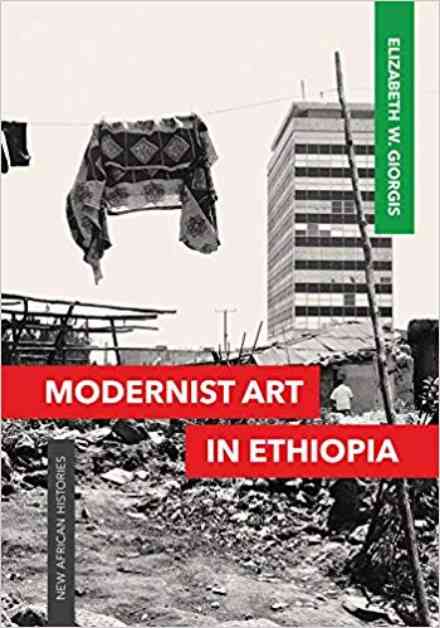Elizabeth Giorgis, a seasoned professor, art historian, and curator, has recently released her groundbreaking book, “Modernist Art in Ethiopia,” which delves deep into the realm of Ethiopian visual modernism. Drawing on her vast expertise and experience, Giorgis presents a comprehensive analysis that challenges existing narratives and sheds light on the progressive, experimental nature of Ethiopian modernist thought.
Exploring Ethiopian Modernism
In her meticulously researched work, Giorgis traces the evolution of Ethiopian modernism, debunking myths and clichés along the way. She skillfully weaves together archival documents, newspapers, and literature to offer a nuanced understanding of the visionary tendencies that have shaped Ethiopian art. Through her scholarly yet accessible approach, Giorgis examines the impact of Ethiopian modernism on social, political, and cultural systems, both within the country and on the international stage.
Giorgis’s exploration of Ethiopian modernism is framed within a Pan-African context, drawing connections to significant historical events such as the Battle of Adwa. By situating modernism within this broader historical framework, she provides readers with a deeper appreciation of the complexities and influences that have shaped Ethiopian art.
Unpacking Key Themes
One of the central questions that Giorgis addresses in her book is the unique historical condition of Ethiopia and its implications for the country’s modernist tradition. By examining the impact of colonialism and the country’s brief period of Italian occupation, Giorgis challenges readers to rethink traditional narratives of modernism in Africa and consider the distinctiveness of Ethiopia’s artistic heritage.
Throughout the book, Giorgis highlights key figures and movements that have played a pivotal role in shaping Ethiopian modernism. From the formation of the Fine Art School in the early to mid-twentieth century to the intellectual thought of the 1960s, Giorgis offers a detailed account of the diverse influences that have contributed to the development of Ethiopian art.
Reflecting on Contemporary Art
In the final chapters of her book, Giorgis reflects on the contemporary art scene in Ethiopia, offering insights into the ongoing evolution of Ethiopian art. By examining the period from 1995-2015, she provides readers with a timely snapshot of the vibrant artistic landscape in Ethiopia and the ways in which modernism continues to shape artistic practices in the country.
Through her meticulous research and engaging narrative style, Giorgis invites readers to explore the rich tapestry of Ethiopian modernism and consider the broader implications of this artistic tradition. Her book serves as a valuable contribution to the field of art history and offers a fresh perspective on the complexities of Ethiopian visual culture.
As readers delve into Giorgis’s work, they are not only treated to a comprehensive analysis of Ethiopian modernism but also to a deeper understanding of the socio-political backdrop that has shaped the country’s artistic heritage. By engaging with Giorgis’s insights, readers can gain a newfound appreciation for the diversity and complexity of Ethiopian art and its place within the broader narrative of modernism.

